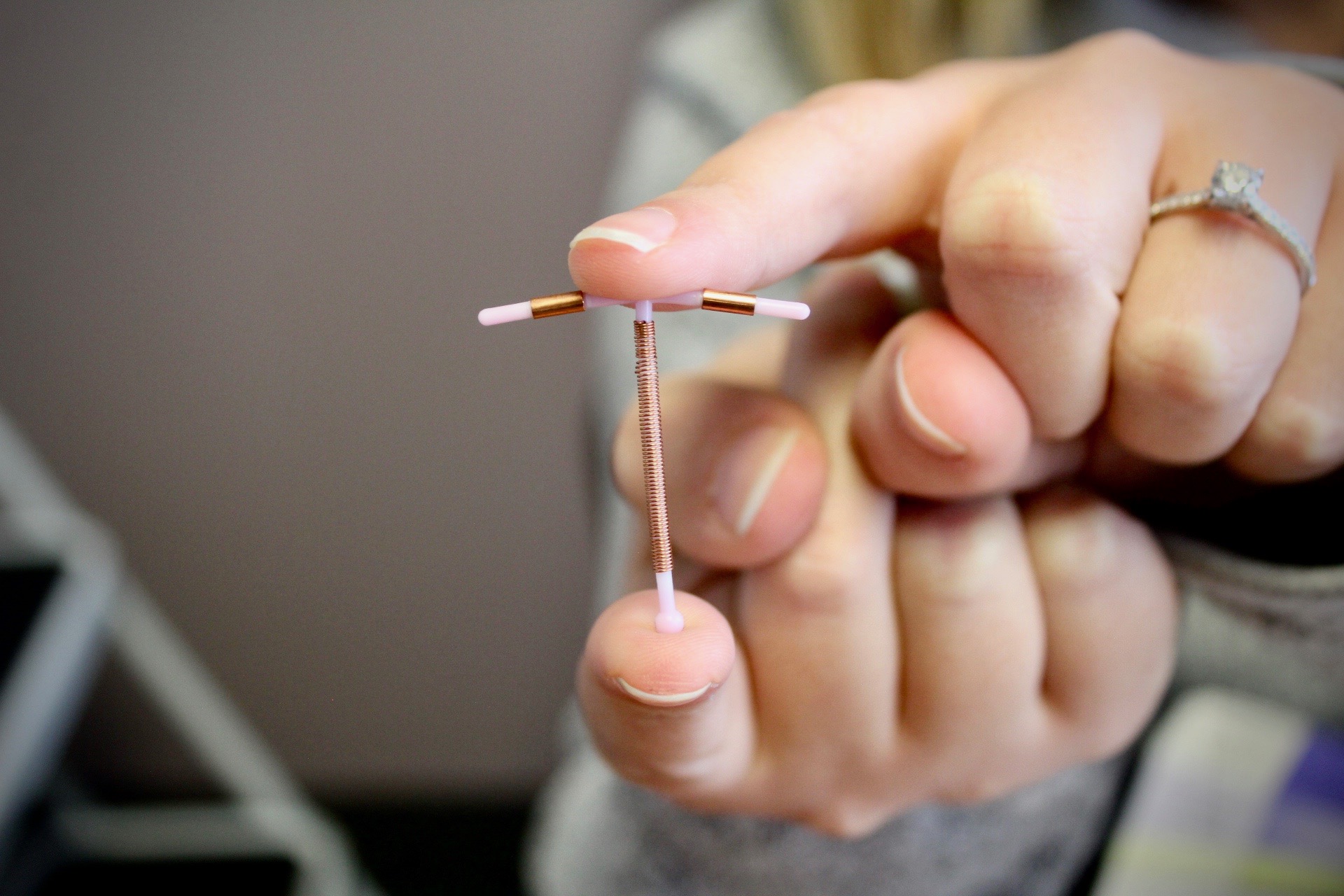
14 Oct 3 Types of IUDs and How To Choose One
Gynecologists are physicians who specialize in female reproductive health, and they provide guidance on contraception options like intrauterine devices (IUDs). An IUD is a small, T-shaped device that a healthcare provider inserts into the uterus for long-term birth control. When you are exploring birth control methods, understanding the different types of IUDs helps in making an informed decision. Here are the different types of IUDs:
1. Non-hormonal Copper IUD
The non-hormonal copper IUD is a device wrapped in a thin copper wire. This IUD type prevents pregnancy by releasing copper ions into the uterus, which creates an inflammatory reaction that is toxic to sperm and eggs. It does not contain hormones, so it does not affect your natural menstrual cycle, but it may cause heavier or longer periods and increased cramping, especially in the first few months.
Used for long-term use, it is one of the longest-lasting reversible contraceptive methods available. This IUD works immediately upon insertion if it is placed within five days of the start of your period. A non-hormonal IUD is an option for individuals who prefer or require a hormone-free birth control method.
2. Hormonal IUD
Hormonal IUDs release a progestin hormone directly into the uterus. Because this hormone thickens cervical mucus to block sperm from reaching an egg, it is an effective form of contraception. Hormonal IUDs also thin the uterine lining and sometimes suppress ovulation, which contributes to their contraceptive effect.
Depending on the specific brand and dosage, hormonal IUDs are approved for use from three to eight years, so you have several options for duration. These devices often make periods lighter, shorter, and less painful, and some users may stop getting their periods altogether. Your gynecologist can review your medical history to make sure you have no contraindications and then recommend this option.
Typical side effects may include irregular bleeding or spotting, especially during the first few days. You may discuss the potential for side effects like headaches or mood changes with your provider. When considering a hormonal IUD, you should evaluate your health, lifestyle, and family goals.
3. Re-inserted IUD
A re-inserted IUD is not a distinct type of device; instead, it refers to the process of replacing an existing IUD with a new one. This procedure happens when an IUD reaches the end of its approved duration of use or if you choose to replace it earlier. The replacement is typically performed during a single office visit.
This process allows for continuous contraceptive coverage. A gynecologist performs the removal by gently pulling on the IUD’s strings, causing the device’s flexible arms to fold up so it slides out easily. Following the standard procedure for inserting the new item, the provider will proceed accordingly. Things to discuss with your provider before re-insertion include:
- Your satisfaction with the previous IUD
- Any changes in your health status
- Your future family planning intentions
Schedule a Gynecologist Appointment
Choosing the right IUD depends on your personal health, reproductive goals, and lifestyle preferences. A discussion with a healthcare provider is the best way to determine which IUD is suitable for you, and a provider will review your medical history and answer your questions. Schedule a gynecologist appointment to explore your contraceptive options and receive personalized medical advice.

No Comments